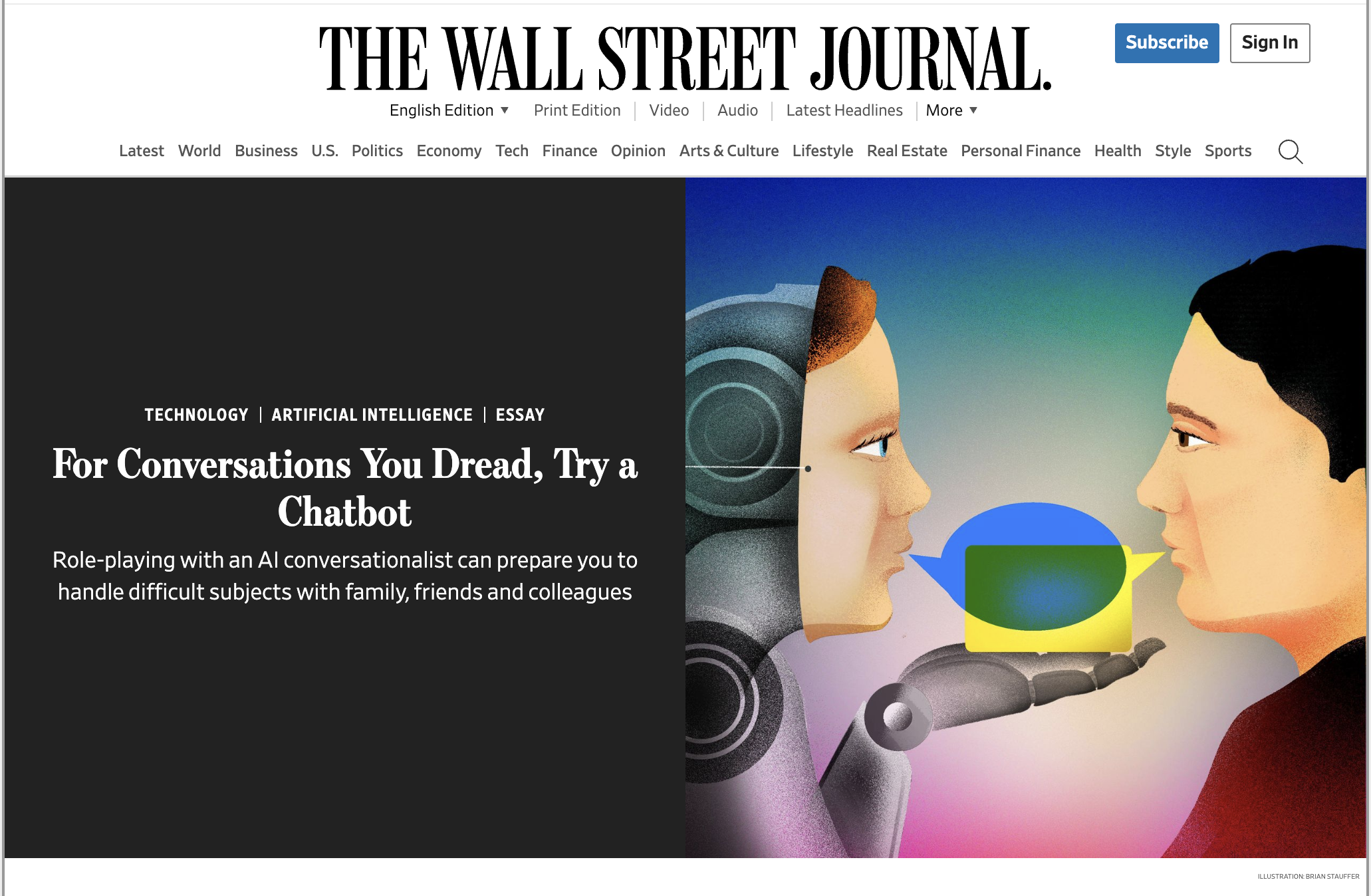Nike's Secret Weapon
Phil Knight's "Shoe Dog" has to be one of the best memoirs on entrepreneurship on the market. It's filled with reasons not to do something as crazy as start a company. But lest I digress, I wanted to mention what I consider to be Nike's secret weapon: Bill Bowerman's insatiable desire for victory on the track, and in particular, his willingness to experiment wildly to achieve it. He may be the quintessential example of "ideaction" embodied in a single individual. As Oregon's track coach, he had access to a "laboratory" of sorts: his athletes and their performance. But the thing that distinguishes him in my mind is the relentlessness and precision with which he experimented on his team's footwear in search of an edge.
Indeed, without this insatiable desire for an edge, and without a decades-long practice of tinkering with athletic footwear, I don't think he would have ever seen anything other than breakfast in the waffle iron on that fateful Sunday morning.
Knight, who was a member of the track team at Oregon, describes, "He was constantly sneaking into our lockers and stealing our footwear. He'd spend days tearing them apart, stitching them back up, then hand them back with some minor modification, which made us either run like deer or bleed. Regardless of the results, he never stopped. He was determined to find new ways of bolstering the instep, cushioning the midsole, building out more room for the forefoot. He always had some new design, some new scheme to make our shoe sleeker, softer, lighter. Especially lighter. One ounce sliced off a pair of shoes, he said, is equivalent to 55 pounds over one mile. He wasn't kidding. His math was solid. You take the average man's stride of 6 feet, spread it out over a mile, you get 880 steps. Remove one ounce from each step - that's 55 pounds on the button. Lightness, Bowerman believed, directly translated to less burden, which means more energy, which meant more speed. And speed equals winning... Thus lightness was his constant goal.
"Goal is putting it kindly. In quest of lightness he was willing to try anything. Animal, vegetable, mineral, any material was eligible if it might improve on the standard shoe leather of the day. That sometimes meant kangaroo skin. Other times, cod. You haven't lived until you've competed against the fastest runners in the world wearing shoes made of cod."
Years later, after Knight graduated, and went to Stanford's Graduate School of Business, he convinced Bowerman to go in with him on a venture importing a new Japanese runner called the Tiger. And rather than dampen his appetite for experimentation, this new and improved shoe only enhanced Bowerman's rate of experimentation, and the fidelity of the data he was able to generate. Knight, referring to these years, says:
"He continued to tear apart Tigers, continued to use the young men on his track teams as lab mice. During the autumn track season of 1965, every race had two results for Bowerman. There was the performance of his runners, and there was the performance of their shoes. Bowerman would note how the arches held up, how the soles gripped the cinders, how the toes pinched and the instep flexed. Then he'd airmail his notes and findings to Japan.
" Eventually he broke through. Onitsuka made prototypes that conformed to Bowerman's vision of a more American shoe. Soft inner soul, more arch support, heel wedge to reduce stress on the Achilles tendon -- they sent the prototype to Bowerman and he went wild for it. He asked for more. He then handed these experimental shoes out to all his runners, who used them to crush the competition."
I mention this only to highlight the old adage, "Luck favors the prepared mind." You might wonder why your waffle iron isn't speaking to you; perhaps it's because you haven't spent decades testing and tinkering, obsessed with making the perfect shoe.
Click here to subscribe to Paint & Pipette, the weekly digest of these daily posts.










Most companies get AI adoption wrong because they're trapped in "value capture" mode. Efficiency plays might deliver measurable ROI, but they’re essentially defensive moves, and defense alone doesn't put enough points on the board to win. The real competitive advantage comes from "value creation."